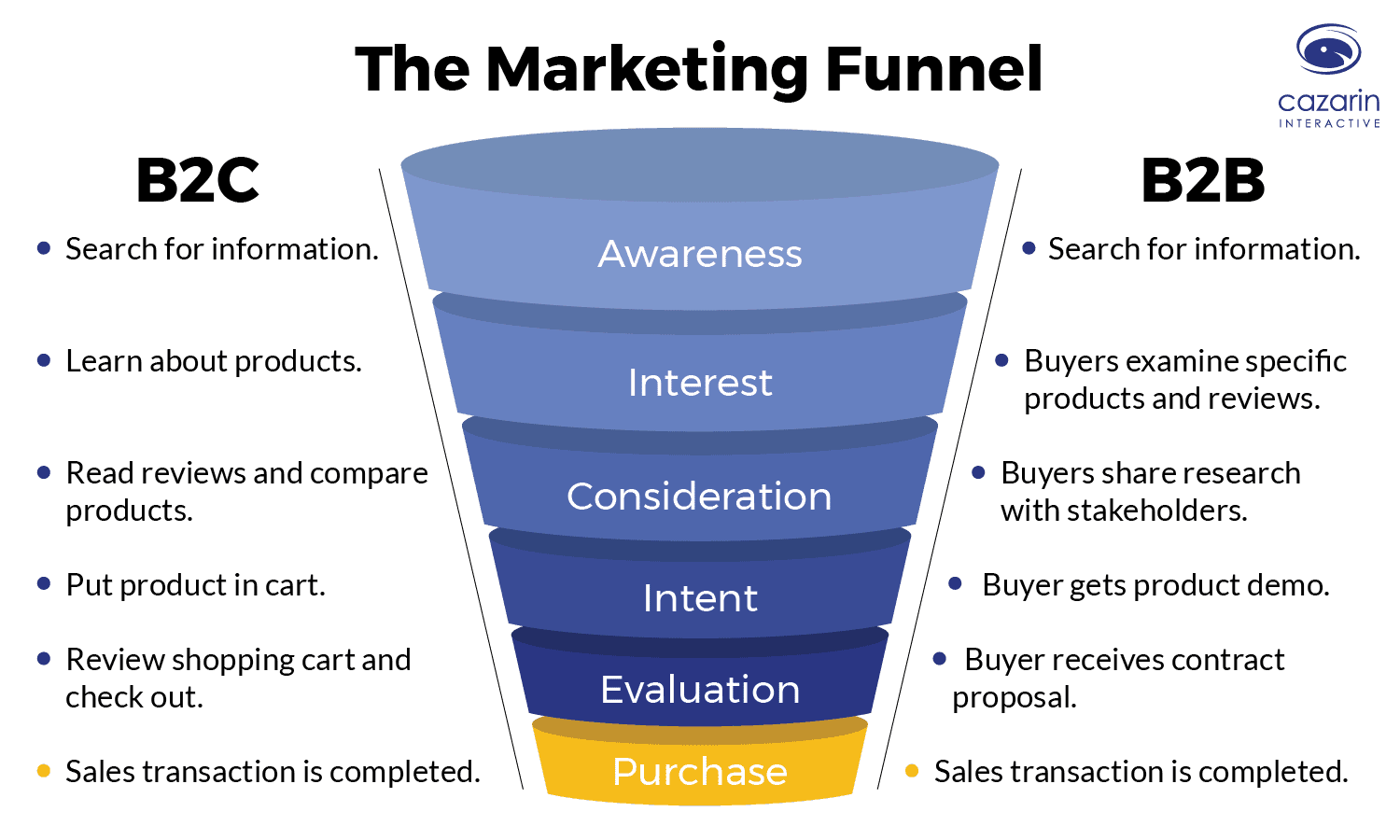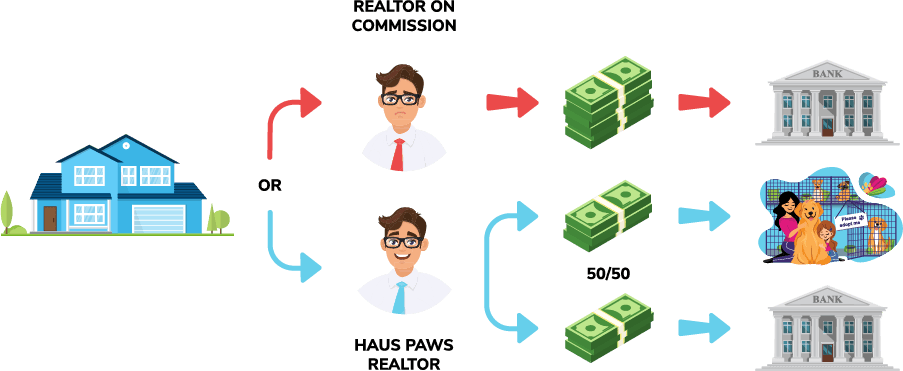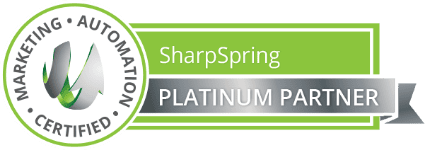 1. A/B Testing – Online
1. A/B Testing – Online
Testing two versions of a marketing tactic such as a webpage, email subject line, landing page, CTA, etc. to test which one performs better than the other. Tracking must be placed to review the results easily.
2. Advertising
Placing a spotlight through ads on a product, service or company or organization through usually paid broadcasting, print or digital. There are also opportunities that are not paid through the development of unique content that becomes viral.
3. Analytics
Tracking data and reviewing it for the purpose of creating meaningful purchase, or engagement patterns from it that inform future marketing endeavors. The data can come from website traffic, conversions, social media, events, etc.
4. Blogging
Originally, the term was web log or weblog and eventually evolved into blog. Individuals, small business and even large corporations write articles, commentaries, and the like, publishing regularly on their website. A primary component of the inbound marketing method, blogging helps to drive website traffic, builds thought leadership and authority, and drives leads because the person or organization is viewed as a leader in the topic and SEO search engine optimization is also gained.
5. Bottom of the Funnel
A stage in the buying process, this happens last – when leads move through the top of the funnel, the middle (shopping for solutions), and finally, to the bottom, where they’re ready to buy. At this stage, leads are interested in a demo, a call, or a free consultation. The goal is to move prospects through the funnel to the ultimate section set up such purchase or commitment.
6. Bounce Rate
The number of people who land on a page of your website and leave without clicking on anything else before moving on to another page on your site.
7. Buyer Persona
A summary of your ideal buyer, based on market research, data and hypothesis. The representation helps marketers define the ideal audience and it helps salespeople determine lead quality.
8. Brand – Company
Anything that brings about awareness of a specific product, service or business while separating it from other establishments. It can include a logo, tagline, creative ads and anything the company has to represent itself.
9. Business-to-Business (B2B)
Describing a business that markets – or sells – to other businesses.
10. Business-to-Consumer (B2C)
Describing a business that markets and sells to consumers (think Coke, Kleenex, Ford, etc).
11. ClickThrough Rate (CTR)
This number shows the people that move through your website or marketing campaigns. It’s actually the “clicks” or actions prospects take, divided by the total number of actions people could take. Hence, the name “clickthrough rate.”
12. Cold Calling
Reaching prospective clients by phone or face-to-face without having ever had any interaction with them before.
13. Comparative Advertising
The type of advertising in which a company makes a direct comparison to another brand, firm or organization.
14. Content Management System (CMS)
A program that manages all of the aspects of creating content. These may include editing, indexing, navigational elements, etc.
15. Conversion Path
The path, or course of actions, a prospect will go through to eventually become a lead. These events can include a call to action, lead form, thank you page, downloadable content, etc.
16. Conversion Rate
Percentage of people who take a desired marketing action, such as filling out a form, registering, signing up for a newsletter, or any activity other than just browsing a web page.
17. Corporate Identity
All symbols, colors, logos, etc., that make up the public image of an organization.
18. Customer Relationship Management (CRM)
Software that helps you organize all of your marketing and sales activities, including storing contact information, tracking emails, storing deals, and more.
19. Cost Per lead (CPL)
The total cost marketing pays to acquire a lead. It is an important metric to keep track of and it influences your Customer Acquisition Cost (CAC).
20. Cost-Based Pricing
A strategic form of pricing intended to cover the expenses of running your business.
21. Customer Acquisition Cost
A measurement that allows you to assess the cost of scaling up your business.
It can be calculated by dividing the time and money spent on customer acquisition for a specific period of time by the number of new customers gained.
(Money + Time Spent)/Number of New Customers
22. Customer Loyalty
When a consumer is a repeat buyer of a product, service or brand.
23. Customer Relationship Management (CRM)
Software that helps you organize all of your marketing and sales activities, including storing contact information, tracking emails, storing deals, and more.
24. Demographics
A specific profiling aspect that takes into consideration age, gender, income, family life, social class, etc. It’s often used in segmentation or for focal points in marketing and advertising strategies.
25. Digital Marketing (Online Marketing)
Marketing to a target audience solely via the internet. Could be email marketing, content marketing, etc.
26. Direct Competition
Competitors that provide the exact same services as your establishment or firm.
27. Direct Mail
A means of advertising communication that reaches a consumer where they live or their place of business, through the mail, often based on demographics and/or geographical location.
28. Direct Marketing
Dealing Directly with the ‘end user’ rather than a third party or a middle man. Also can be seen as directly communicating with your primary target audience. Can come in the form of advertising, marketing or communications.
29. Ebook
Also referred to a lead magnet, ebooks are generally a piece of longer content designed to generate leads by educating the market demographic audience
30. E-Commerce
The means products can be purchased or sold digitally on the internet.
31. Email
A digital message you can send through the internet to contacts, leads and prospects. Marketing through email takes businesses directly into a consumer’s inbox and provides the ability to create a connection and build trust.
32. Engagement Rate
A measurement of likes, shares, comments or other interaction a particular piece of content receives.
33. Hashtag
A keyword phrase, written without spaces, with a # in front of it.
It allows you and your audience to interact and converse about specific topics on social media by creating a segment of postings that are related due to the hashtag.
34. Inbound Marketing
Advertising your company via content marketing, podcasts, video, eBooks, email broadcast, SEO, Social Marketing, etc., rather than paid advertising.
35. Infographic
A type of content that is visual in nature, making complex information easy to understand and digest.
Example below
 36. Internal Marketing
36. Internal Marketing
Efforts to offer a marketing plan to individuals and executives within your own firm to gain their approval and/or support.
37. Keyword Phrase
A specific word or phrase that describes the content of a webpage. It should always align with your target audience. Usually up to 5 words that people would type on a Search Engine like Google etc.
38. Key Performance Indicator (KPI)
A means to measure the performance of various factors, from employee functions to marketing tactics. Tracking KPIs will help your organization achieve its goals.
39. Landing Page
A page on your website that houses a form that prospects will fill out and exchange their personal information for a lead magnet or free offer (such as an ebook, demo or consultation).
44. Lead
An individual or a company that has shown interest in one of your products or services. Could be either a MQL (Marketing Qualified Lead) or an SQL (Sales Qualified Lead).
45. Lead Nurturing
Engaging and building relationships with potential customers through a variety of marketing techniques, such as email, calls, direct mail, survey, promotions.
46. Marketing Automation
This is the tool that lets you “automate” your marketing campaigns. Through lead nurturing, behavior-based strategies and more, you can use marketing automation to send the right marketing messages to the right people at the right time.
47. Marketing Qualified Lead
A lead that is ready to be handed over to the sales team. An MQL has had some sort of positive interaction with the company, such as a discussion, downloading marketing products, etc., that deems them worthy to move to the next level of the sales funnel.
48. Market Penetration
A strategy used to sell more of an existing product within the current markets it is being sold.
49. Market Research
High-intelligence research and development of a specific industry for the betterment of sound business decisions.
50. Marketing
The process of promoting, selling products and/or services including research and advertising.
51. New Product Development
The creation of a new product that involves research, development, product testing and launching.
58. Niche Market/Business
A very specific segment of a market in which you are trying to meet the needs of that market. Usually a well defined niche is easier to market online.
59. Pay Per Click (PPC)
A method of advertising on the internet where you only pay when someone “clicks” on your ad.
60. Public Relations
A series of media releases, conferences, social images, etc. that make up and maintain the reputation of an organization and its brands.
61. Qualified Lead
A lead that is qualified meets your company’s criteria, or buyer persona attributes, and is more likely to buy. A marketing qualified lead meets marketing objectives, while a sales qualified lead meets sales objectives.
62. Responsive Design
A website that changes based on the device the consumer uses. Mobile, laptop, and desktop devices offer different views of a website, and responsive design accommodate for each view, without having to build separate websites for each one.
63. Referral
A prospect or lead generated from someone who may be interested in what the salesperson is selling.
64. Search Engine Optimization (SEO)
A method to increase a webpage’s performance in web search results. By tweaking elements on a webpage (there are on-page and off-page SEO factors), you can move a webpage up on a search result “page.” Marketers generally want to get their website page to appear on page 1 of a search result, ideally at the very top of the page. SEO elements include keywords, title and image tags, links, and much more.
65. Social Media
Refers to the social media platforms like Facebook, Twitter, Instagram and Snapchat that help users connect. Marketers use these networks to increase awareness, grow the customer base and achieve business goals.
66. User Experience
The experience a user has with your brand/website, from the moment they discover you, through the purchase and beyond – where customers become advocates if they had a great experience.
67. Viral Marketing
A method of product promotion that relies on getting customers to market an idea, product or service on their own.
68. Website
A series of webpages that are connected, beginning with a homepage and generally includes other pages like “contact,” “about,” and “services.” Serving an individual or organization, your website should be strategically designed to attract visitors, convert users into leads and then turn leads into customers.
69. Workflow
A series of emails designed to nurture leads. A powerful marketing asset, you can use workflows to engage leads, learn more about prospects, segment lists, and much more.
70. Marketing Fusion
A term created by Cazarin Interactive, we form the perfect fusion by joining your team with ours, creating measurable tangible results. Cazarin Interactive becomes an extension of your sales/marketing department. Executing the marketing tactics in a proactive, planned manner, which in time catapults your brand along with increasing visibility and sales. Brochure with details.





